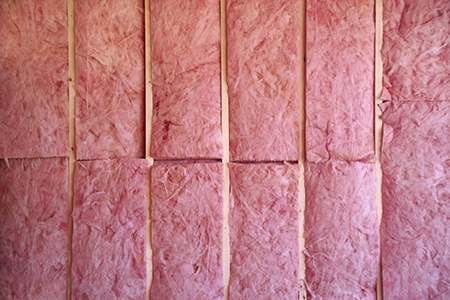 Shorter days, cooler temperatures, Halloween – these are all signs that winter’s right around the corner. While the weather is still suitable for working outside, put on your work boots and gloves, head outside and give your property a once-over. Then, work your way inside the home to check its winter-readiness.
Shorter days, cooler temperatures, Halloween – these are all signs that winter’s right around the corner. While the weather is still suitable for working outside, put on your work boots and gloves, head outside and give your property a once-over. Then, work your way inside the home to check its winter-readiness.
Here are 21 signs that your home is ready for winter. You’ve:
- Cleaned out the gutters. This step prevents leaves and debris from blocking drainage.
- Checked that downspouts are directed away from the home and free of blockages.
- Put away outdoor furniture. Leaving it outside and under the influence of the weather will cause it to age quicker, or it may even get damaged in storms.
- Drained and stored garden hoses. Once freezing temperatures hit, any water remaining in the hose (and the home’s spicket and pipes) will freeze and expand, causing them to burst.
- Winterized the air conditioning unit.
- Tested smoke and CO detectors. Working detectors are critical, as the early-warning systems will alert your family to problems.
- Hired a professional to evaluate the insulation. Not sure what’s lurking beneath your walls or attic? A pro can tell you where insulation is failing and where it needs a boost.
- Boosted wall and attic insulation where it’s lacking. Retrofitting homes with energy-efficient injection foam insulation is cost-effective, and the job will help keep your family warm all winter long.
- Sealed air leaks around doors and windows.
- Trimmed tree branches and other landscaping.
- Inspected the furnace. Every furnace requires annual maintenance to keep it in good working condition.
- Installed a new air filter on the furnace. A dirty filter stops air movement in the furnace, a factor critical to efficient operations.
- Purchased a programmable thermostat.
- Readied portable humidifiers (or finally installed that whole-house humidifier you’ve been eyeing).
- Inspected the roof, replacing worn or missing shingles.
- Installed storm windows. If your home only has single-pane windows, storm windows are essential for blocking the cold from coming inside.
- Checked the siding, identifying and repairing cracks or damaged areas.
- Shifted ceiling fans to clockwise mode, so they’ll push heat at the ceiling down toward the floor.
- Weatherized the attic to prevent ice dams. Stopping snow on roof from melting – and potentially damaging the roof – involves three steps: ventilating, insulating and sealing the attic.
- Performed a final lawn mowing with leaves on the ground to nourish the lawn throughout winter.
- Stored summer equipment such as the lawn mower, leaf blower, etc. for the season.
With a little attention to detail around the home’s interior and exterior, you’ll be ready for winter’s brutal assault and rest comfortably inside of your well-insulated, tightly sealed cozy home.
Anita Alvarez covers home improvement, small business, marketing and other topics as a regular contributor to national publications and brands like Popular Mechanics, Angie’s List, Murphy Oil Soap, Green Living Ideas and USA Insulation. In addition, her experience includes writing business stories for The Content Standard, RichlandSource, and other publications.
This post was originally published on RISMedia’s blog, Housecall. Blog.rismedia.com. Check the blog daily for real estate tips and trends for you and your clients.



